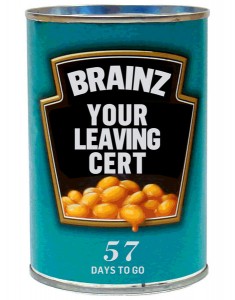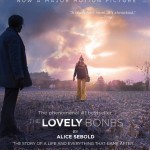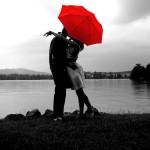UPDATE SEPTEMBER 2014 – the exam no longer features a ‘visual text’ by itself. For now they seem to have integrated it so that every text is accompanied by image(s) and/or a graph and usually – but not always – one of the three questions will ask you to discuss/interpret the visual text.
Types of Comprehensions
You will have a choice of 3 texts – you pick one to read & answer questions on (QA) and one piece of functional writing (QB) from a different text.
You cannot answer QA & QB on the same text.
If you do you lose 25% of the marks for Paper 1.
Typically 3 different styles of text, sometimes with a combined written & visual element.
WARNING: In 2010, 2011, 2012 and 2013 two of the 3 texts had a visual element so you cannot ignore this section when revising for the exam. In 2014, however, while all three comprehension texts had visuals, only one text had a question which asked you to discuss the visual as well as the written element (it was a book cover).
1. Non-fiction: This could be an interview, a newspaper or magazine article, a speech, a blog, an extract from a biography or a non-fiction book.
2. Descriptive writing: Extract from novel / short story / biography / travel writing.
3. Visual text: A series of photographs usually accompanied by a short article or introduction (on one occasion it was 2 contrasting book covers).
Typical questions?
Non-fiction =
Describe the personality of the writer / interviewee.
Describe the lifestyle of the writer / interviewee.
In your own words, outline the argument made by the writer / speaker.
What is your opinion of this issue? (support by close reference to the text).
To what extent do you agree/disagree with the writer? (almost same as above).
Do you think the writer likes or dislikes his subject matter? (the person / group or issue he’s writing about). How is the writer’s attitude revealed?
What is the most important point being made by the writer?
Select three features of the writer’s style and comment on their effectiveness.
Identify 4 elements of effective speech-writing & comment on their effectiveness.
Identify 4 features of argumentative and/or persuasive writing and comment on their effectiveness.
What features make this an interesting piece of informative writing?
Select the quotation used in the passage which the greatest impact on you and give reasons for your choice.
Do you find the style of writing in this article appealing?
Descriptive writing =
What qualities do you find appealing in the character of __________.
What impression of the character of _________ is created in this extract.
Describe the relationship between the two characters of ________ & ________.
How does this extract create a strong sense of place?
Does the description of the market / railway station bring it to life for the reader?
Identify and comment on 4 features of narrative and/or descriptive writing used.
Choose 3 particularly vivid images you find effective in this extract.
This novel has been described as compelling and well written. Do you find the style of writing dramatic and descriptive?
Would reading this extract encourage you to read the book in full?
Comment on the appropriateness of the title.
What signals let you know this story is intended to be humorous?
Visual text =
What impact do the visual images make on you?
Which image makes the greatest impact on you? You may wish to consider the subject matter, setting, mood, caption, relevancy, photographic qualities / techniques, use of colour, light, objects, details.
Which image is most effective in capturing the theme of _________ / Do these images capture the essence of _____________.
Imagine this series of images is to be published in a book of photojournalism. Which one would you choose for the front cover and why?
Which book cover do you find more interesting?
Select another image you would use to expand this selection. Briefly describe it and say why it would fit in well with this collection.
Outline briefly what you see in each of the images.
What does the photographer want the viewer to feel?
Do the written and visual elements of the text go well together?
From your reading of the introduction and the photos, what impression do you have of this issue?
Write one paragraph that would serve as an introduction to this collection of images.









2 responses to “Types of comprehension”